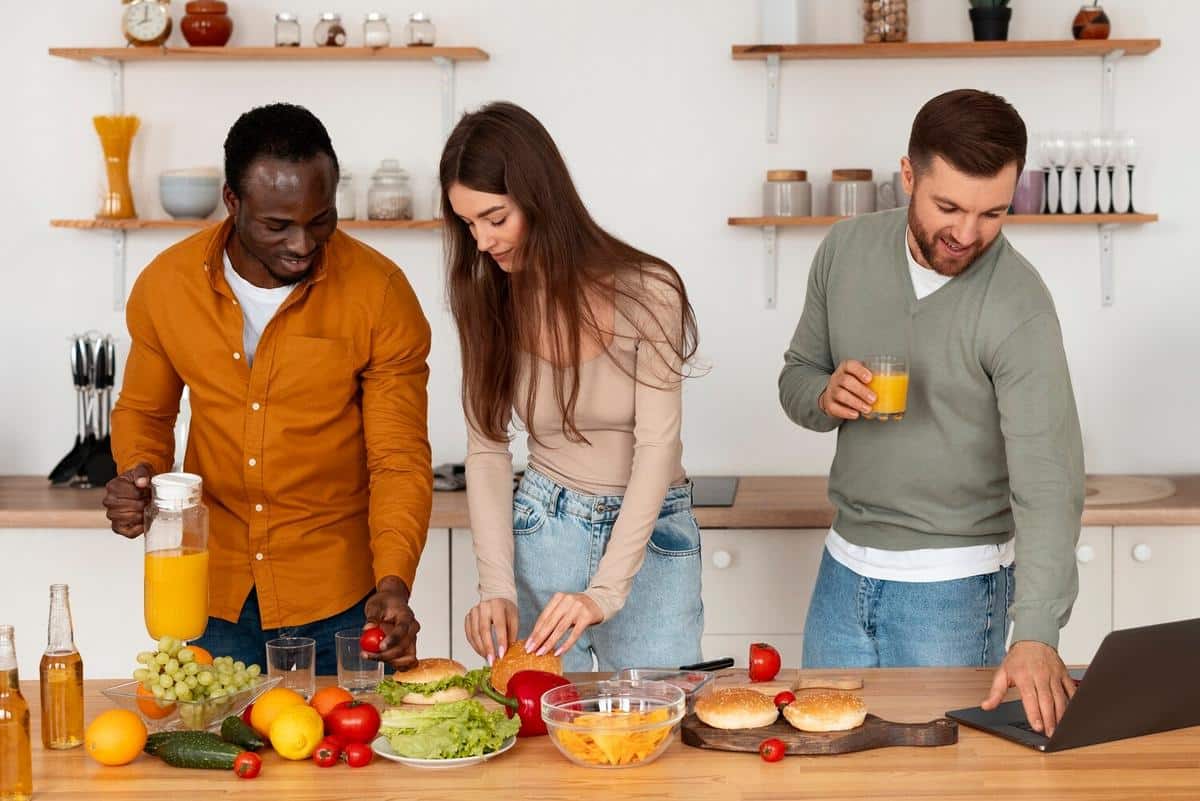
Sous Vide vs Traditional Cooking: Pros and Cons
Sous vide cooking has gained considerable attention in culinary circles, often being compared to traditional cooking methods. This comparison isn’t just about flavor or texture; it’s a deep dive into how we can achieve perfection on our plates.
Sous vide, a French term meaning ‘under vacuum,’ involves cooking food in a water bath at a precise, consistent temperature. This method contrasts with traditional cooking, which can involve stovetops, ovens, and grills, often leading to temperature fluctuations. Let’s explore both methods in detail to understand their unique advantages and limitations.
Understanding Sous Vide
In sous vide cooking, food is sealed in airtight bags and submerged in a water bath maintained at a specific temperature. This technique allows for precise control over the cooking process, ensuring food is evenly cooked. According to Chef Thomas Keller, a renowned expert in sous vide, this method ‘elevates the quality of the ingredients.’
Advantages of Sous Vide
- Precision: Sous vide provides exact temperature control, leading to perfectly cooked food every time.
- Enhanced Flavor: The vacuum-sealed bag traps flavors and aromas, enhancing taste.
- Consistency: Even cooking is guaranteed, eliminating the risk of overcooking or undercooking.
- Convenience: Once set, the method requires minimal supervision, freeing up time for other tasks.
Disadvantages of Sous Vide
- Time-Consuming: This method often requires longer cooking times.
- Equipment Need: Special equipment like a sous vide machine and vacuum sealer may be required.
- Lack of Texture: Foods may lack the caramelization or crispiness that traditional methods provide.
Traditional Cooking Methods
Traditional cooking relies on conventional heat sources like ovens and stovetops. These methods are beloved for their ability to impart distinct textures and flavors, as seen in grilling or roasting.
Advantages of Traditional Cooking
- Texture Variety: Methods like grilling and roasting provide unique textures and flavors.
- Speed: Many traditional techniques can cook food quickly.
- Versatility: A wide range of foods can be prepared using traditional methods without special equipment.
Disadvantages of Traditional Cooking
- Inconsistent Results: Temperature fluctuations can lead to uneven cooking.
- Close Monitoring Required: Continuous supervision is often needed to prevent overcooking.
- Flavor Loss: Some flavors and nutrients can be lost with high-heat methods.
Comparison Table
| Aspect | Sous Vide | Traditional Cooking |
|---|---|---|
| Precision | High | Variable |
| Equipment | Specialized | Standard |
| Flavor Retention | Excellent | Good |
| Time Required | Long | Short |
| Texture | Uniform | Varied |
| Convenience | High | Moderate |
| Monitoring | Minimal | High |
| Healthiness | Retains nutrients | Varies |
FAQ
What foods are best suited for sous vide?
Sous vide is ideal for meats, fish, and egg-based dishes due to its precise temperature control.
Can I sous vide without special equipment?
While it’s possible to use a pot and thermometer, specialized equipment ensures accuracy and ease.
Is sous vide cooking safe?
Yes, when done properly, sous vide is safe. Ensure food reaches the appropriate temperature to eliminate bacteria.
Does sous vide change the nutritional content of food?
Sous vide can actually help retain nutrients that might be lost in high-heat traditional methods.
In conclusion, both sous vide and traditional cooking methods offer unique benefits and drawbacks. Sous vide shines in precision and flavor retention, ideal for those who prioritize consistency and culinary experimentation. Traditional cooking, on the other hand, excels in delivering varied textures and flavors, appealing to those who enjoy the art of culinary spontaneity. Whichever method you choose, understanding these techniques can elevate your cooking experiences, making every meal a delightful adventure.


